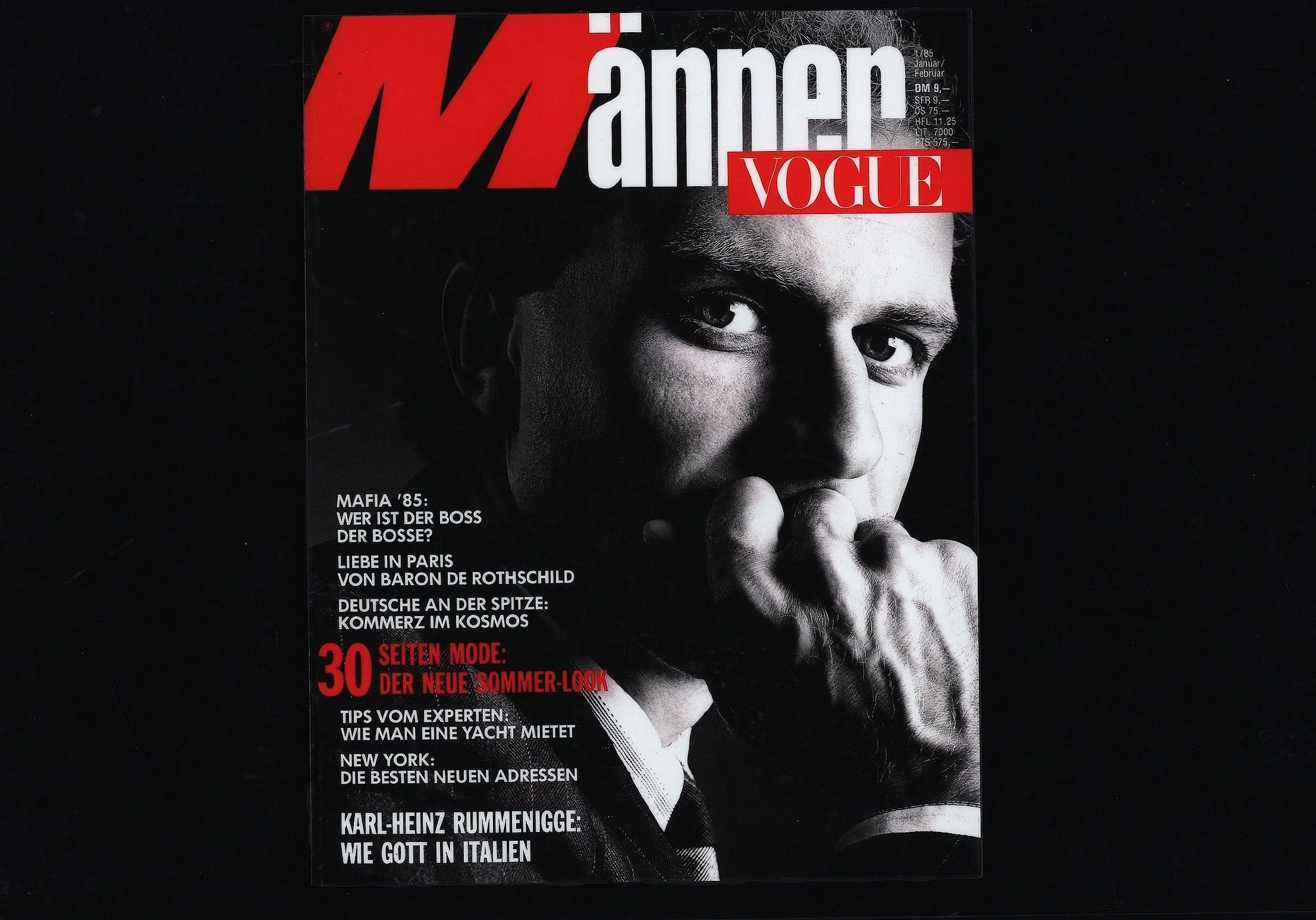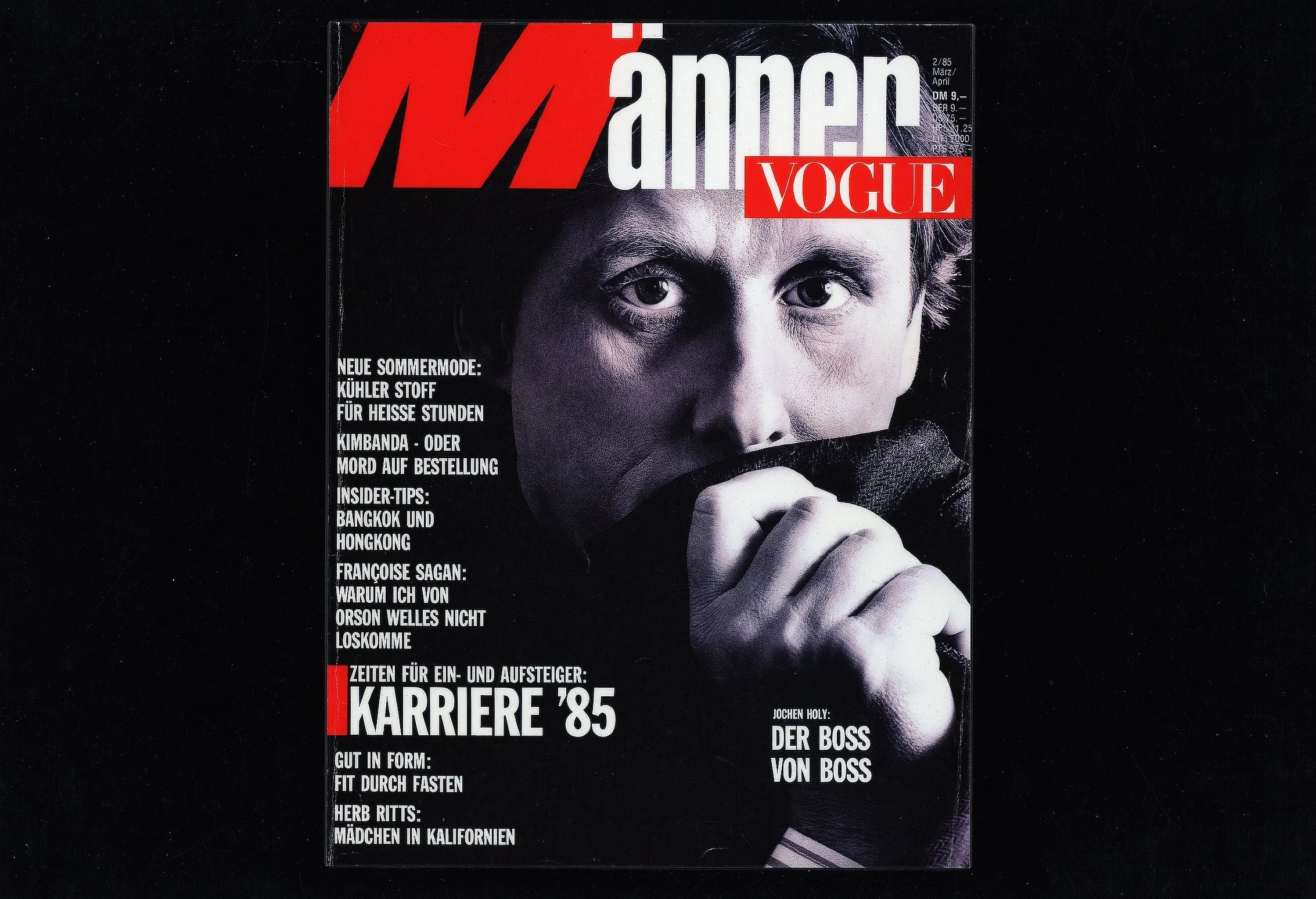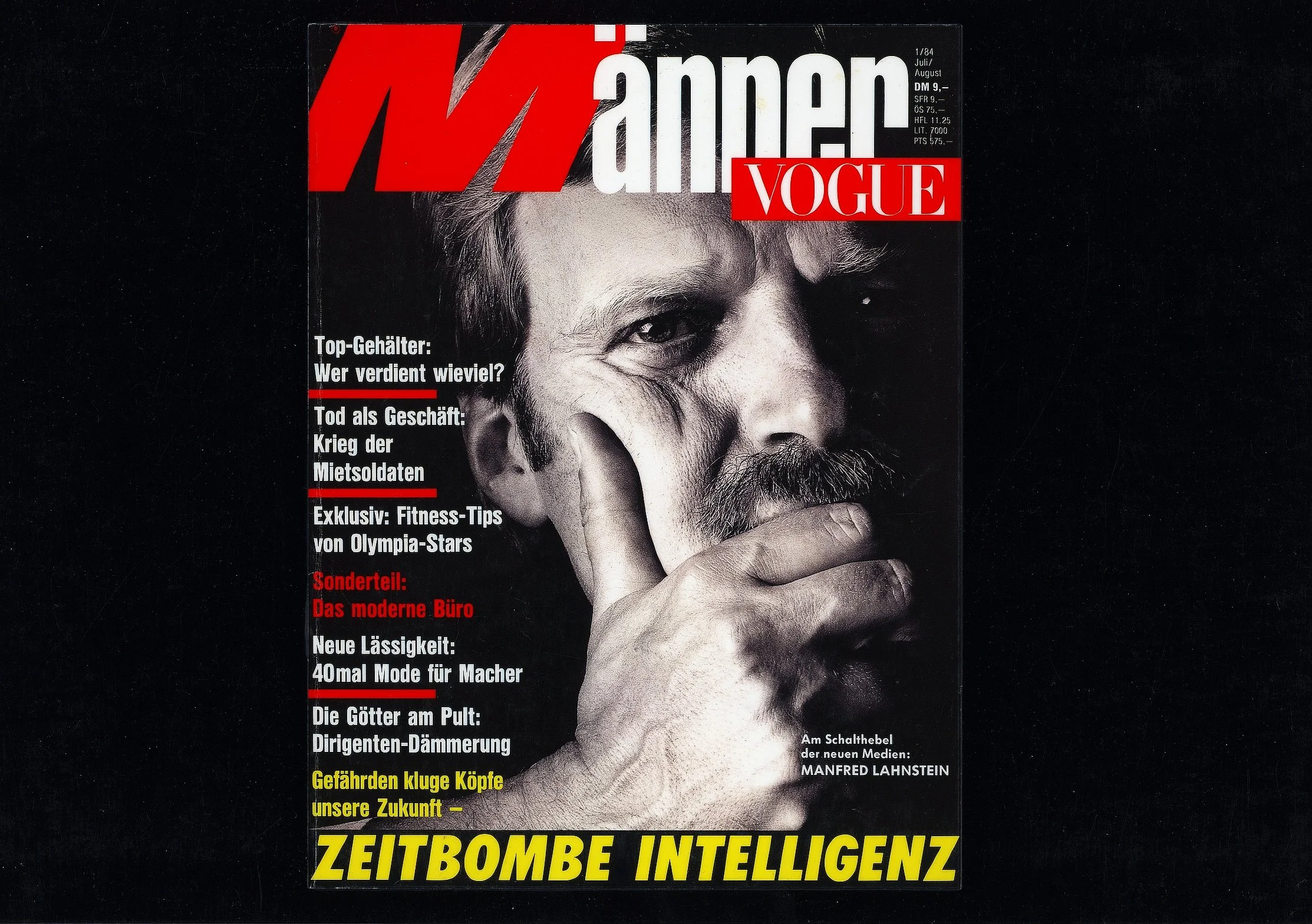A Moment
Master Photographers:
Portraits by Michael Somoroff
Portraits by Michael Somoroff of the greatest photographers of the 20th century, including Brassaï, Elliot Erwitt, André Kertész, Duane Michals, Helmut Newton, and Jacques-Henri Lartigue, among others, many of whom he assisted.In 1978, Somoroff took it upon himself to photograph his heroes and mentors, the master photographers of the twentieth century. Each in-depth photograph caught a quintessential moment. Somoroff presents exquisite black and white portraits of twenty-five icons of photography, each of whom played a dominant role in shaping the medium during the climax of analog image making. An intensely personal tribute, the images were never intended for publication and were forgotten for three decades. In 2012 it was awarded a Best Photo Book of the Year prize by American Photo Magazine. Their citation reads, “In a series of evocative portraits, Somoroff shows us photographic legends whose names are more familiar than their faces. The project reflects a mutual respect between artists.”Publishers Weekly noted, “Somoroff’s skillful portraiture suggests a piousness as much for that moment in time as for the individual artists.”The book also includes an in-depth sketch of Somoroff’s early career.Authors: William Ewing, Julian Sander. Essay by Michael SomoroffDamiani, 2012Absence of Subject
The Images of Michael Somoroff and August Sander
In 2010 Somoroff finished his work: Absence of Subject, which was exhibited on the occasion of the 2011 Venice Biennale. It was the first of its kind to be exhibited directly on Piazza San Marco, Venice, Italy. Michael Somoroff’s project Absence of Subject, began as a way to reconsider August Sander’s life work, People of the 20th Century, a typology of the human race begun in 1911. It took Somoroff seven months to complete the first image and seven years to specifically select forty works and then to ‘excavate’ the subjects from Sander’s iconic images. In making the work, Somoroff questioned his own connections to Sander’s subjects. By removing Sanders’ subjects, enigmatic figures to Somoroff, he revealed the fragility of mortality. Absence of Subject is an exercise in appropriation, but more astonishingly it stands as a document that reflects the development of art in the 20th century. Amber Terranova in The New Yorker called it “an unconventional homage” to legendary August Sander. Absence of Subject has toured extensively to many museums throughout Europe and the U.S. The entire body of the “Absence of Subject” project, 40 black and white photographs, 7 video installations and a book by the same name, was acquired by the Museum of Fine Arts (Houston, Texas) under the direction of world renown, photography curator Anne Wilkes Tucker, who said of the work: “by offering comparison between presence and absence, he (Somoroff) imitates the experience of loss, something rarely achieved through photographs.”Illumination I at the Rothko Chapel
by Michael Somoroff
In 2006, the Rothko Chapel in Houston, Texas invited Somoroff to place his majestic sculptural installation, Illumination I on the grounds. Somoroff was the first artist to be invited to install a work on the grounds since the chapel’s dedication in 1971 and the only addition since Barnett Newman’s Broken Obelisk, placed there some 30 years prior. The multimedia work ultimately included video installations, photography and even a specially commissioned musical score by Robert Rich. Somoroff’s starting point for the sculpture was not the chapel itself, but the shuttered light that never filtered through its skylight. The finished sculpture depicts a frozen ray of light, captured as it falls through a window of that virtual space. The book tells the story of this groundbreaking installation, from its conceptualization to its unveiling–through formal and documentary photographs, diagrams and studies. World famous curator David Anfam contributed an in-depth analysis of Somoroff’s place in art history and Christopher Rothko, Mark Rothko's son, contributed his critical perspective and enthusiastic embrace of Somoroff’s installation.Author: David Anfam. Essays by Christopher Rothko, and Michael SomoroffEdited by Catherine HutchinsRothko Chapel Books / Stativ Ltd, 2008Image of the Not-Seen:
Search for Understanding
The Rothko Chapel Art Series, 2005
This book was developed from the Rothko Chapel Art Series Image of the Not-Seen: Search for Understanding, lectures given at the Rothko Chapel over the course of six months in 2005. Each person experiences the dark, monochromatic paintings from a different, inherently personal perspective. The book includes each lecture in the series, making these scholarly and evocative elections on the chapel’s art available to those who did not have the opportunity to attend them in person.Authors: David Anfam, Dore Ashton, David E. Brauer, Stephen Fox, Gérard A. Goodrow, Josef Helfenstein, Carol Mancusi-Ungaro, Peter Marzio, Marti Mayo, Michael Rees, Michael Somoroff, Phillip James Tabb, and introduction by Christopher RothkoEdited by K. C. Eynatten, Kate Hutchins, and Don QuaintanceRothko Chapel Books 2007Two Crowns of The Egg
by Giannina Braschi, Donald Kuspit, Michael Somoroff
Two Crowns of the Egg is an ode by photographer Michael Somoroff to his wife Irina Somoroff.
A collaborative work of art, the book offers a psychological and spiritual journey. Two Crowns of the Egg presents an intense series of portraits and nudes taken over the course of seventeen years, along with the photographer’s masterful still lives. Together, they explore the elusive nature of love, and the psychological and artistic power that only a muse can wield. Like Alfred Stieglitz’s portraits of Georgia O’Keeffe, the series portrays the multiple aspects of the artist’s gaze upon his lover. Donald Kuspit contributed a rich and insightful text that places the collaboration between artist and muse in a compelling historical and psychological context. Somoroff’s work comes together with a selection of exuberant poetry by cutting-edge Latin American writer, Giannina Braschi from her postmodern poetry classic, Empire of Dreams. The book is primarily comprised of Somoroff’s black and white photographs along with color still life photographs, created in response to Braschi’s poetry: a lyrical subtext on love, intimacy, passion, betrayal and forgiveness. The book concludes with a reflection by Somoroff which offers a personal revelation concerning the love story of his marriage with its ups and downs that creates a very intimate body of work.-Diana Edkins, 2013
Authors: Giannina Braschi, Donald Kuspit, Michael Somoroff
Designed by Eileen Boxer
Damiani, 2014Kinder in Europa
This book is a documentary of haunting photos, thoughts, experiences, and stories about childhood and creativity. Michael Somoroff began portraying children as early as 1981 during a visit to Europe. He has photographed children of all strata in their social environment on his many journeys through 14 countries in Europe. Looking at the finished photos, he found what he had already felt when photographing the children: these children had grown up too quickly to become adults and seemed to have been deprived of their childish naivete and the free unfolding of their creativity. The concern about his observation became the main motive and motor for this book. He invited prominent artists from many different areas of European culture to write down their personal experiences and feelings from their childhood for this book. The result is a multifaceted picture that should lead us to a new way of thinking and understanding our children.During the production of these photographs, Somoroff felt they were artistic “proof” of Swiss psychologist and psychoanalyst Dr. Alice Miller’s book The Drama of the Gifted Child, who he reached out to collaborate with. The project that resulted is the book Kinder in Europa, Nicolai Verlag, 1987. The book subsequently won the prestigious Kodak Book prize for the best photographic book of that same year.Authors: Claudio Abbado, Jean Charles Blais, Doris Dorrie, Justus Frantz, Derek Jarman, Joachim Koch, Milan Kundera, Karl Lagerfield, Yehudi Menuhin, Alice Miller, Penck, Gerwald Rockenschaub, Maria Schell, Hanna Schygulla, Garcia Sevilla, Graham Swift, Tomi Ungerer, Hermann Van Veen, and Michael Somoroff.
Nicolai 1988The Vegetable Series
Michael Somoroff’s first substantial body of work, The Vegetable Series, was produced over the course of a year in 1978. It was initially discovered and promoted by his early supporter Richard Avedon, who introduced Cornell Capa, the founder of The International Center of Photography, where they now reside in permanent collection, to the young Somoroff’s series. Capa in turn rewarded Somoroff with his first museum show inaugurating his career and the worldwide exhibition of the series. The New York Times featured the opening which drew extensive attention."A few years ago, Michael Somoroff came to the International Center of Photography and introduced me to the beginning of his Vegetable Series.Well, this was an odd thing to do, because I do not really appreciate still lifes (I am very much for the living people, passion, emotion and such), and as for vegetables, I do not even like to eat them. I looked at the work and grudgingly had to admit that I was hooked. He introduced me to something that moved him. Now, five years later, I am writing an introduction to his series, and I am also looking at some other work he has produced since moving to Germany.In Michael, I see the growth of a young artist/photographer seeking answers to questions he is not as yet prepared to ask. Now that he has covered architecture, food, and made wonderful family portraits in various countries, and photographed, yes, more vegetables, who knows what's next. I shall be interested to see." -Cornell Capa, Director, ICP, October 1985




























